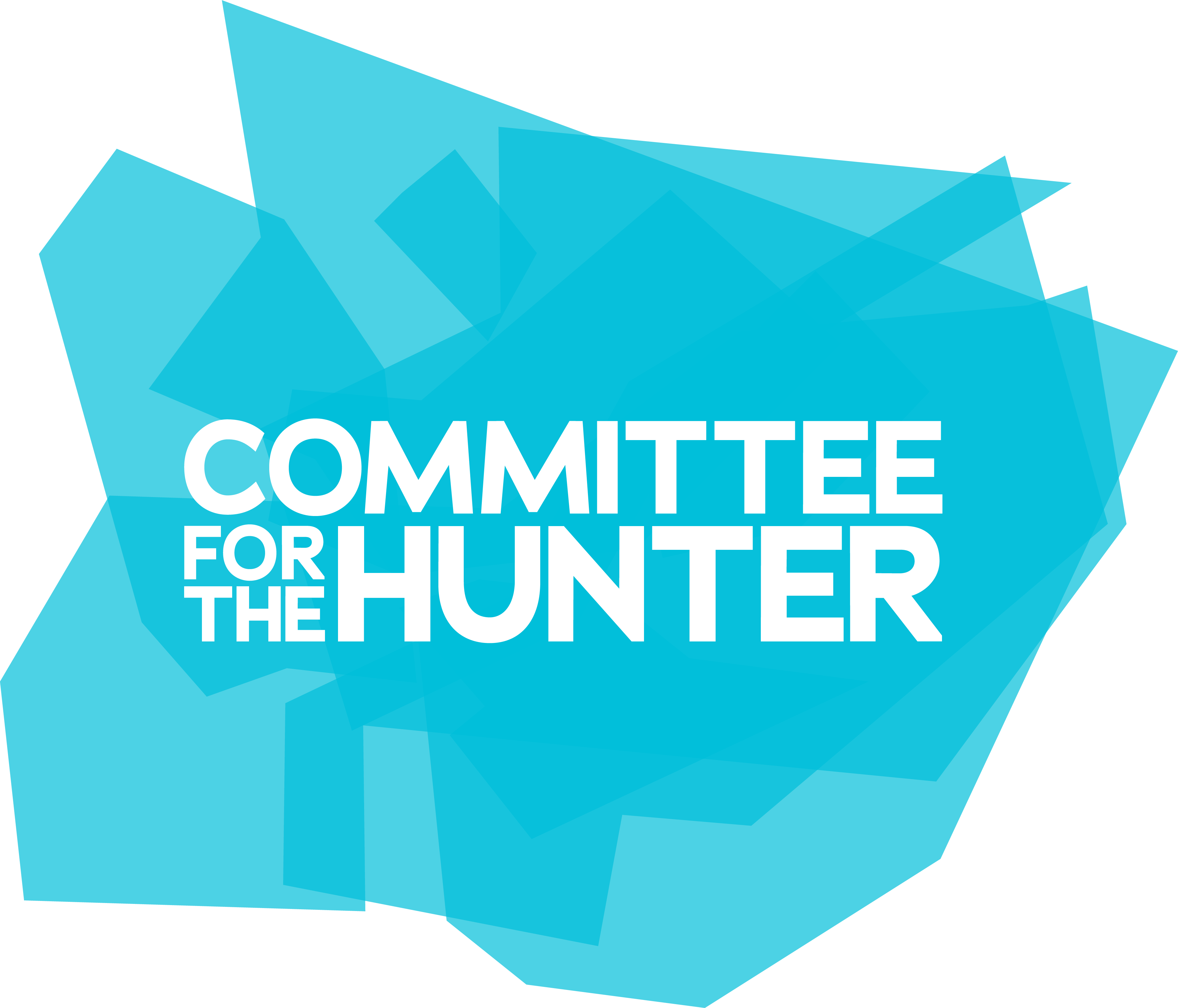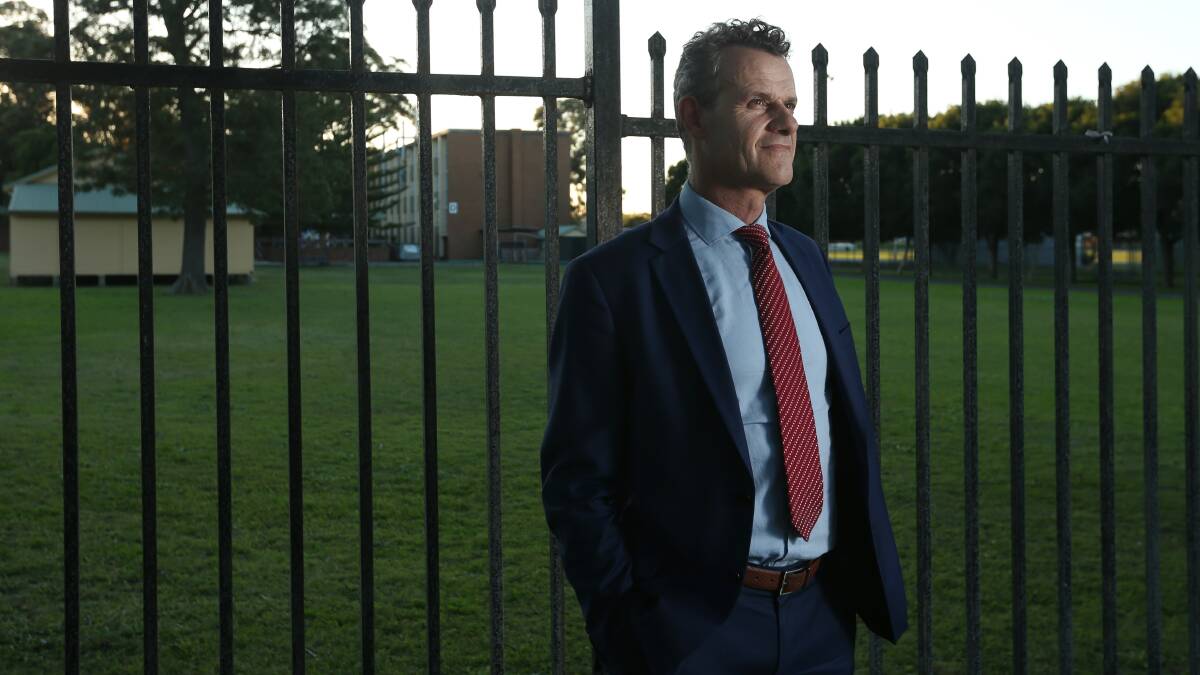THE NSW government will rake in an extra $810 million in coal royalties this year – and almost $4 billion over the next four years – but has not put an extra dollar into a fund to help coal mining communities prepare for change.
The state budget on Tuesday revealed the extraordinary windfall for the state’s coffers – driven by high thermal coal prices – but Hunter MPs and business leaders have hit out at the lack of investment in the region.
Despite the royalties bonanza, the $25 million Royalties for Rejuvenation fund, which was created to assist mining affected communities transition to a clean energy future, remains unchanged.
The Hunter should be getting more of its fair share, Newcastle Labor MP Tim Crakanthorp said, noting the glaring omission of funding for social housing and construction of Hunter Park – the proposed lifestyle precinct centred around McDonald Jones Stadium, the Newcastle Entertainment Centre and Newcastle Showground.
“Mining royalties are up $810 million higher than in 2021, which is a significant amount,” he said.
“Have we really received our fair share of that windfall? Probably not, and I’d suggest other Hunter electorates haven’t either.
“We’re the powerhouse of the state economy in the Hunter, we’ve contributed an enormous amount yet we aren’t seeing the money come back into the Hunter and it should be.
“We should be compensated for the disruption, the pollution and negative aspects of mining which we see in all of our health statistics.”
Thermal coal prices began rising quickly in late 2021 and into 2022. Russia’s invasion of Ukraine has created significant energy supply shortages and uncertainty for global commodity markets.
“Thermal coal prices peaked at more than four times their long-run average in May 2022. Thermal coal prices are now expected to be materially higher over the four years to 2025-26, relative to 2021-22 half-yearly review forecasts,” according to the budget papers.
Key Hunter projects, such as the Williamtown Special Activation Precinct, the new Lake Macquarie Sport and Recreation Centre, the Newcastle Education Campus and major road projects featured prominently in a finely tuned election budget.
The budget allocates $25 million for pre-delivery works at the Williamtown Special Activation Precinct (SAP).
It’s a start, the Committee for the Hunter chief executive Alice Thompson said, but it paled in comparison to funding for other SAPs across the state.
“There were huge announcements, like $193 million for the Moree SAP, while the Williamtown SAP has $25 million for continued planning and early works – it’s just not in the quantum we have seen for other SAPs,” she said.
“Clearly we are seeing very large opportunities in other SAPs around the state and we’re not seeing that level of ambition on the Williamtown SAP.
“The devil is in the detail and there’s more work to be done.”
Ms Thompson said the state government owed it to the Hunter to invest in its transition away from coal.
“We saw in an announcement by the WA government when they announced that their coal-fired generation assets would be closing by 2030, a $500 million package to support the growth of new industries and support affected communities and workers to transition,” she said.
“Clearly we are a $63 billion economy in structural adjustment, $25 million a year [in the Royalties for Rejuvenation Fund] is not sufficient spread across NSW for this task.
“It’s fair enough to see some of those benefits then going back into the communities that helped create those benefits, and it is fair enough that as we transition to that low carbon and net-zero economy that there is additional support in the communities and the places that will be affected most.”
It comes as BHP announced last week it would shutter its Mt Arthur operation by 2030, leaving Muswellbrook locals fearful of the future with 2000 employees out of a job.
However, the Hunter will benefit from significant investment in renewable infrastructure over the next four years.
The government is investing an additional $50.4 million to accelerate Renewable Energy Zone development in light of earlier-than-expected thermal power plant closures.
The budget papers confirm the government’s commitment to the construction of the 700 megawatt Waratah battery, which will be located near Eraring power station, however the project did not receive funding.
Despite booming interest in the potential of Hunter as a hydrogen hub, only $5 million was allocated to establish a prototyping and manufacturing facility for hydrogen energy storage.
No other details of the project were provided in the budget.
Shadow Minister for the Hunter and Swansea MP Yasmin Catley said money to transition people living in mining communities was a “critical omission” from the budget.
“We haven’t had any commitment from the government in assisting these communities and the people that work and live in them, and this was a real opportunity,” she said.
“We’ve just had a week behind us where the treasurer has asked us not to put the dishwasher on, we’ve got a critical energy problem, we are staring down the barrel of having a critical employment problem as we shift into a renewable landscape yet again the government hasn’t used this opportunity to invest in people.”
The sentiment echoed by Charlestown MP Jodie Harrison, who said mining royalties should be used to create new industries and diversify the Hunter’s economy.
“There’s no money that I can see in the budget for that,” she said.
“I find this budget really strange in that you only have to look at the record spending levels – they’re spending like drunken sailors whereas we’re not getting anything out of it and it’s really frustrating.”

